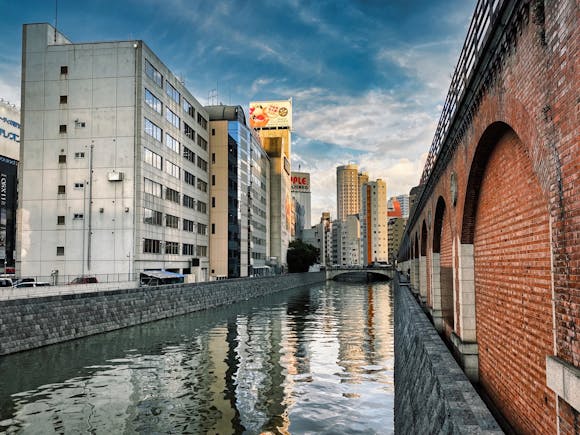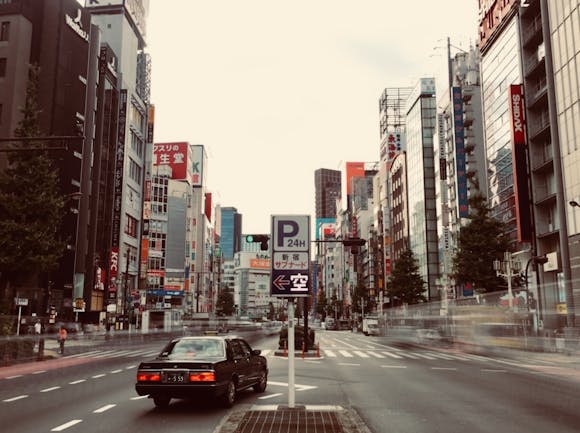Tokyo on a budget: 7 travel hacks to save on your trip
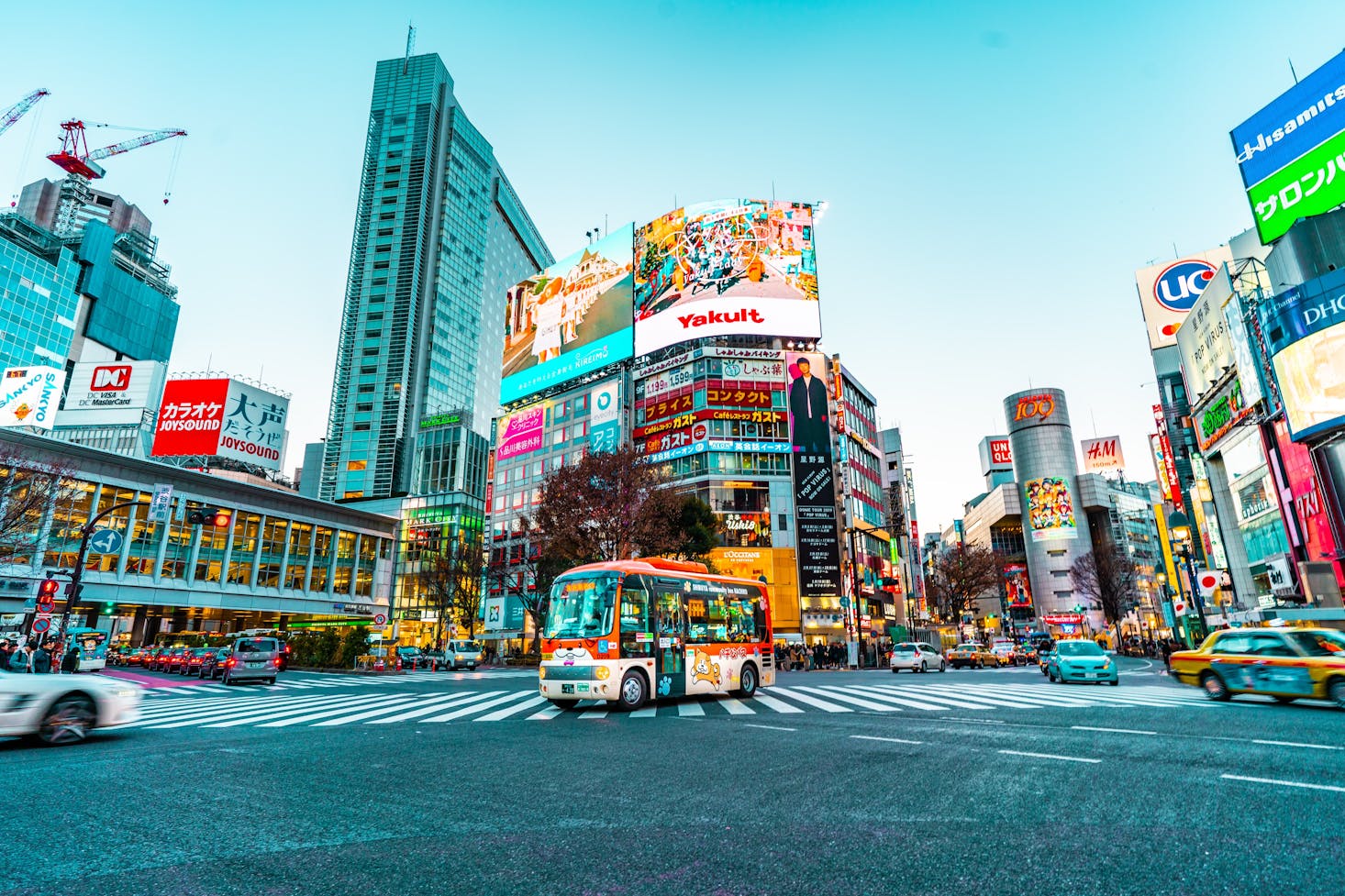
Whether it’s the long flight, currency exchange, or overall investment, it can cost a lot of money to visit Japan. Its capital and largest city, Tokyo, is no exception. Visiting Tokyo is one of the true bucket list items for curious travelers, but it can be hard to save money while you’re there. Budget travel can be easier in Western Europe or South America, where familiarity can help budget travelers steer clear of unnecessary expenses.
Tokyo is both massive and mysterious to the uninitiated. Getting around can be difficult, as is finding cheaper food to fuel your adventure. Luckily, planning can help you save money on your Tokyo trip. Finding the right luggage storage option, investing in a Japan rail pass, pondering travel insurance, exploring capsule hotels, finding ways to prepare your own meals, and booking a cheap flight can go a long way in preserving funds.
Here are our budget travel tips for saving money in Tokyo:
Get $5 off with the Bounce app
Use Bounce to find nearby bag storage in 4,000+ cities worldwide.
Get the app
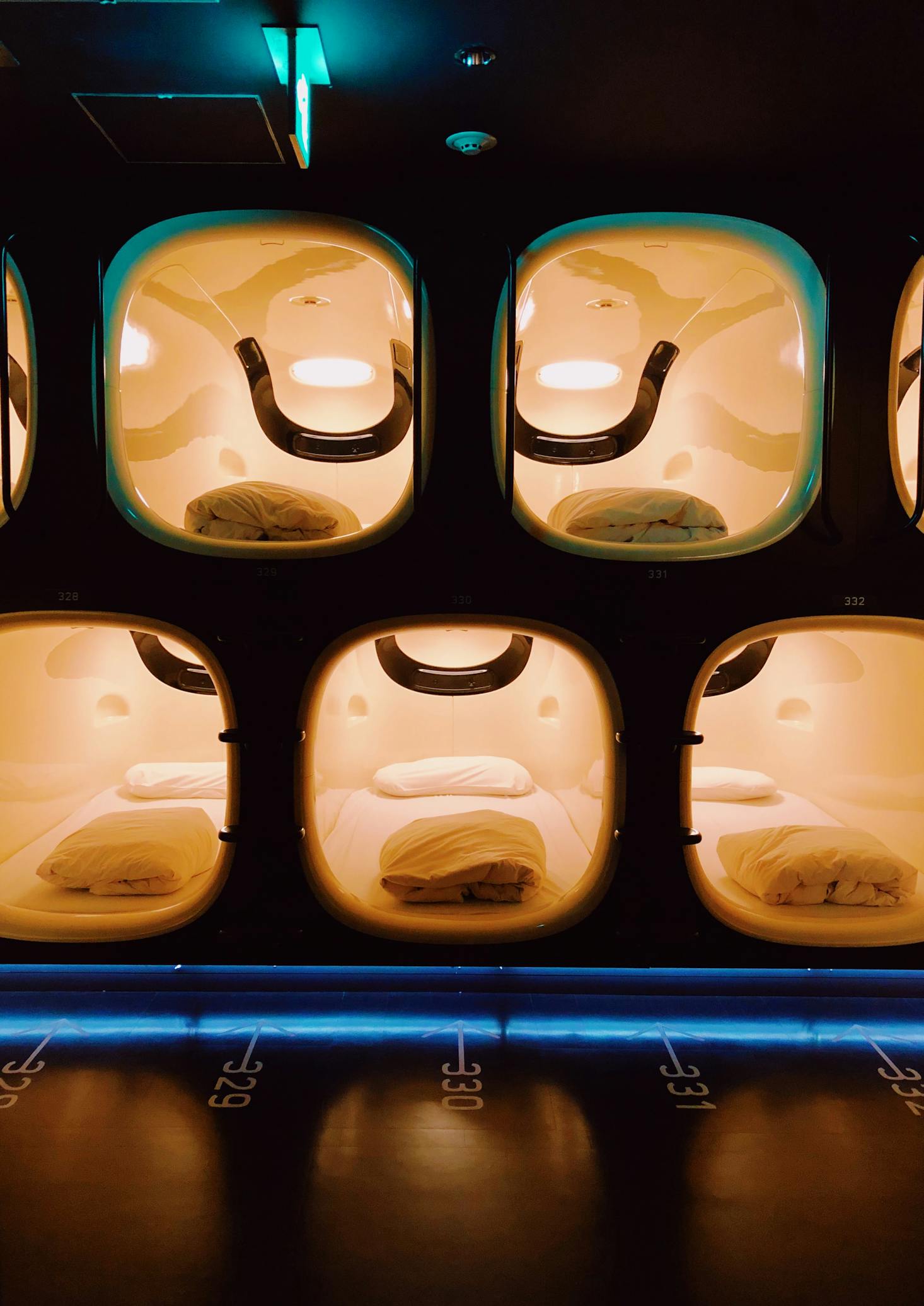
Cheap places to stay in Tokyo
Hotels in Tokyo can be extremely expensive. Being such a massive economic hub, every major hotel chain in the world has a presence in the Japanese capital. While this can translate to a double room paid in full with hotel points for business travelers, it also means that budget travelers need to get creative for finding affordable lodging. Luckily, Tokyo’s inventive culture has created a few options for finding cheaper places to stay that are entirely unique to Japan, like capsule hotels and even gaming (internet) cafés doubling as hostels.
Capsule hotels
One of the most curious aspects of Tokyo as a travel destination has to be the prevalence of capsule hotels. These are smaller facilities, which can be booked day-of or even last minute, which require guests to check in and out each morning. It’s an amazing way to save money on lodging, but that might not even be the best feature of staying at a capsule hotel.
Tokyo is a massive city, geographically and in terms of population. Most travel veterans estimate that you would need well over a week to fully explore the Tokyo metro area and all of its cultural, historical, and culinary offerings. Being limited to the city center or a specific neighborhood makes it difficult to travel around Tokyo.
Planning an itinerary by staying at multiple capsule hotels based around geographic clusters of landmarks and activities is highly efficient and cost-effective. Luckily, there are dozens of luggage storage facilities around Tokyo which will pair well with the capsule hotel format of having to check in and out each day. For a room at a capsule hotel, customers typically pay between $30 to $50 per night.
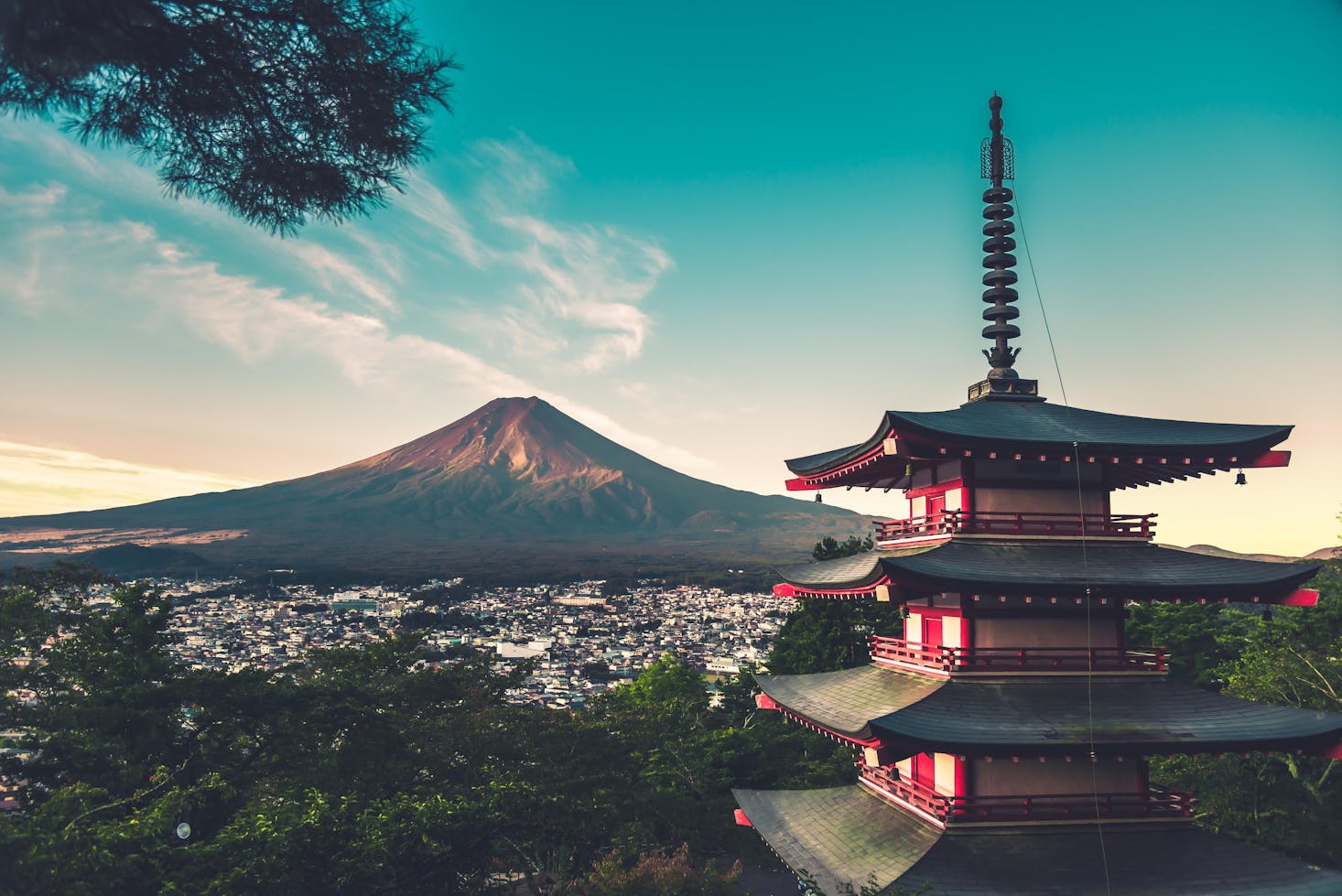
Hostels
Hostels, though not as popular in Tokyo as they are in Europe, are a viable option for budget travelers. They are generally located near tourist-heavy parts of Tokyo and are a trendy option for students and travelers in their twenties. A single night at a hostel will cost between $60 and $85 for a double room.
Vacation rentals
A newer development in Tokyo has been the rise of vacation rentals like Airbnb or Hovelstay. For a private room in an apartment, you can stay the night for as little as $50. For a full apartment, you can expect to pay between $150 and $250 per night. It isn't the cheapest option, but if you’re splitting with another traveler and want to live like a local, it’s a perfect choice.
Cheap things to do in Tokyo
While there are incredible tourist attractions and museums in Tokyo, part of the draw for foreign travelers is the distinct culture of Japan. While this can certainly cost quite a bit, it also means there are plenty of fun activities for travelers looking to save money. Here are the best free and cheap things to do in Tokyo:
Take a day trip to Mount Fuji
This destination is so iconic that budget should have nothing to do with planning a visit. Mount Fuji is arguably the most recognizable mountain in the world, and it’s the perfect day trip from Tokyo. While taking the bullet train is a fun part of visiting Mount Fuji, it is prohibitively expensive for budget travelers at about $500 for a round trip. The Shinjuku bus to Kawaguchiko costs about $130 round trip and takes you straight there. Solo travelers will love hiking through Mount Fuji’s tranquil forests and along Lake Kawaguchiko, where for only $20, you can take a boat ride with spectacular views.
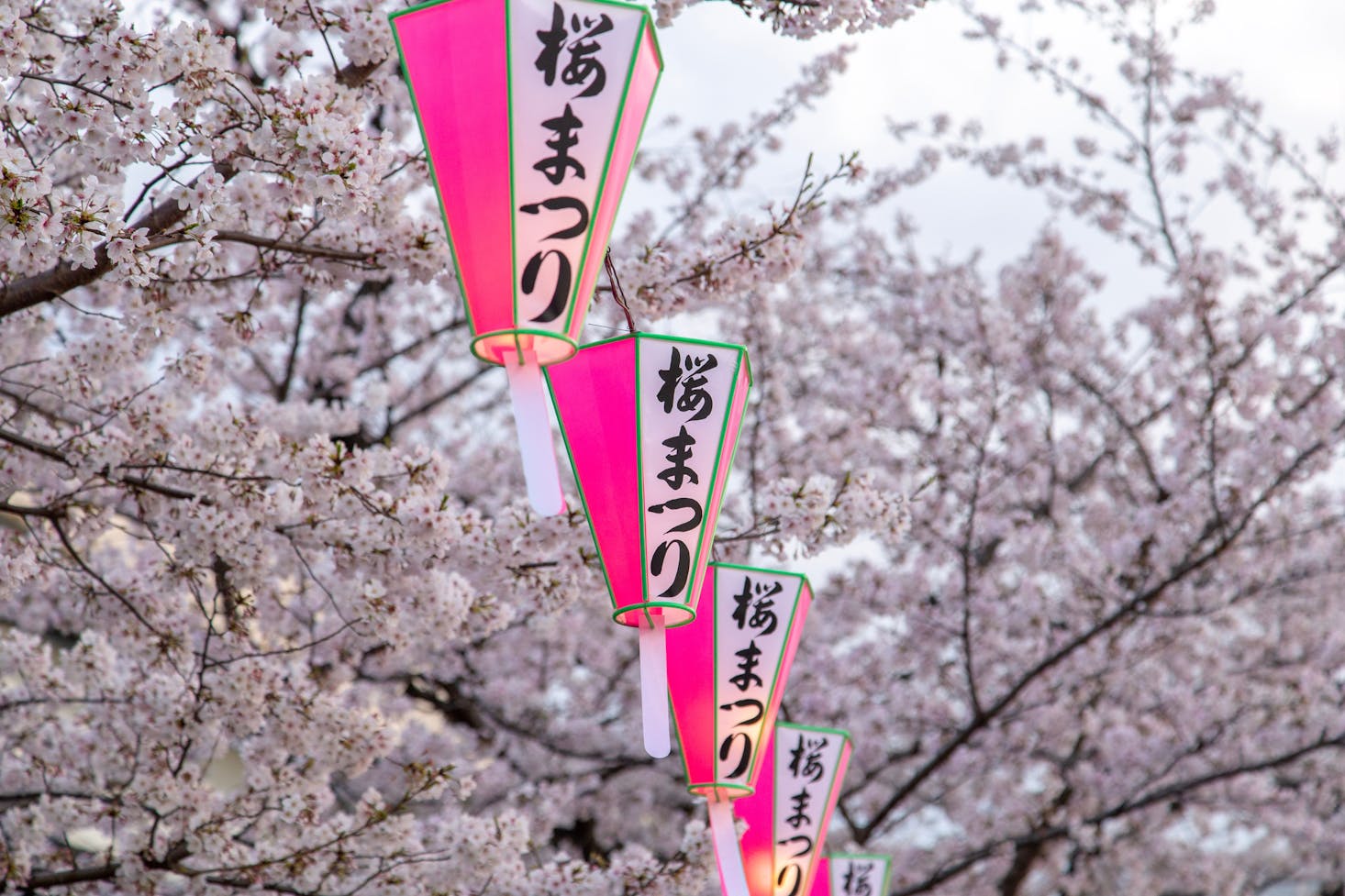
Cherry blossoms at Ueno Park
Outside of Mount Fuji, Japan’s most famous images have to be their glorious cherry blossoms in full bloom. Tokyo has many amazing public parks, but none as beautiful as the expansive Ueno Park, with its acres of trees and a lovely Shinobazu Pond. The tranquility strikes a nice contrast with the bustle of Tokyo’s urban city center. They should be charging you for the seriously impressive Instagram snaps you’ll take at Ueno Park, but fortunately, it’s free. Can’t make it to Tokyo during spring for the blossom? This is still a worthwhile place to visit.
Explore Yoyogi Park and visit the Meiji Jingu shrine
Japan’s most famous Shinto shrine was built in the late 19th century to commemorate Emperor Meiji, one of the most important historical figures of the time. Shintoism and distant Japanese history will be unfamiliar to most travelers, but the aesthetic and natural beauty of this shrine and the tranquil Yoyogi Park that surrounds it are breathtaking to behold.
Japanese gardens are some of the most distinct and beautiful in the world, and in the spring, lucky visitors will experience cherry blossoms. All of this is inexpensive and relatively easy to get to. There are inexpensive walking tours that can guide you through the gardens and park, along with a small (and tasteful) gift shop for souvenirs. However, the Instagrams and pictures you’ll take will be the things you cherish most from this visit.
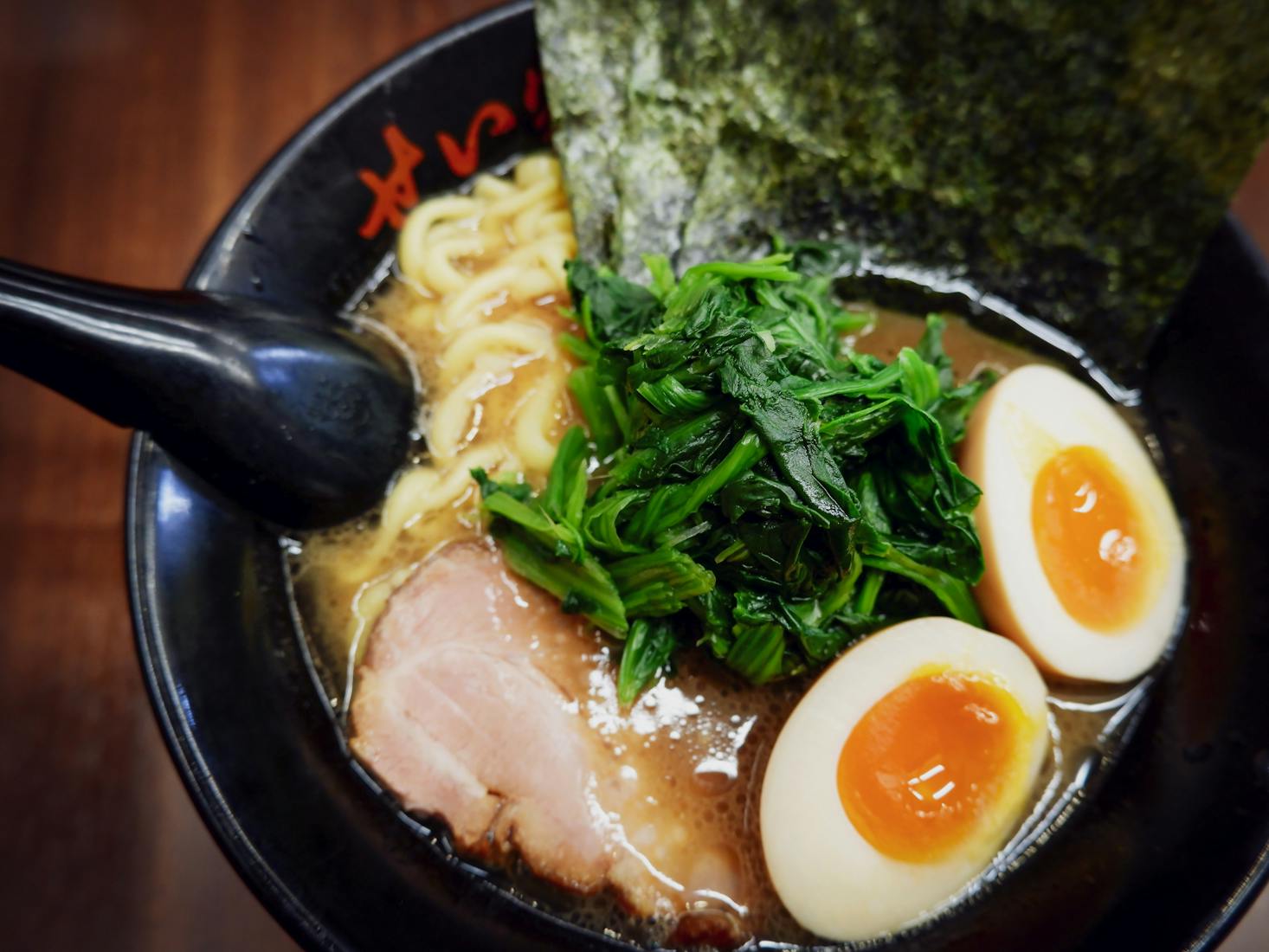
Cheap places to eat in Tokyo
Whether it’s preparing your own meals or eating out of a vending machine, there are ways to save money on food when you visit Japan. In fact, one could argue that Japan has one of the best cultures for inexpensive and convenient food in the world. The street food scene is generally based around drinking and nightlife, but there is a huge culture around instant and accessible snacks and meals, all of which are easy on the wallet.
Izakaya
Many restaurants in Tokyo are known as “izakaya,” which really just means it’s a bar that serves food. Izakaya is designed for social dining and drinking. It's generally very approachable and affordable. There are a wide variety of dishes on offer at Izakaya throughout the city, yakitori (grilled chicken served on toothpick skewers), noodles, edamame, sashimi, and even western imports like pizza are all available. Pair all these quick bites with some beer or a highball for less than $15 per meal, and you have yourself a perfectly serviceable and delicious cheap dinner.
Corner convenience stores and vending machines
Japanese culture has a special affection for entire meals from vending machines and convenience stores. Dispel any notions you might have of 7-Eleven taquitos or gas station hot dogs in America or Canada because Japanese convenience stores (known as konbini) and even vending machines are serving up truly delicious authentic dishes. You can get both instant and fresh noodles or ramen. Onigiri (rice balls with fillings) are other higher-end vending machine favorites. Steamed buns, yakitori, and even sushi are all delicacies you can expect at any hour of the day because these stores and machines almost all operate 24/7.
Ramen
This global culinary sensation has humble origins as an affordable comfort food, so it makes sense that a bowl of broth, noodles, and toppings shouldn’t cost an arm and a leg. Ramen, though generally inexpensive, is revered as a pillar of Japanese cuisine, which is why Michelin-starred ramen restaurants are everywhere in Tokyo. While there are upscale ramen restaurants, your average ramen joint will charge less than $10 for one of these magical bowls of joy.
If you have access to a local, ask them where their favorite spot is. Otherwise, you should be able to find an accessible and affordable ramen spot on any street, alley, or even at train stations.
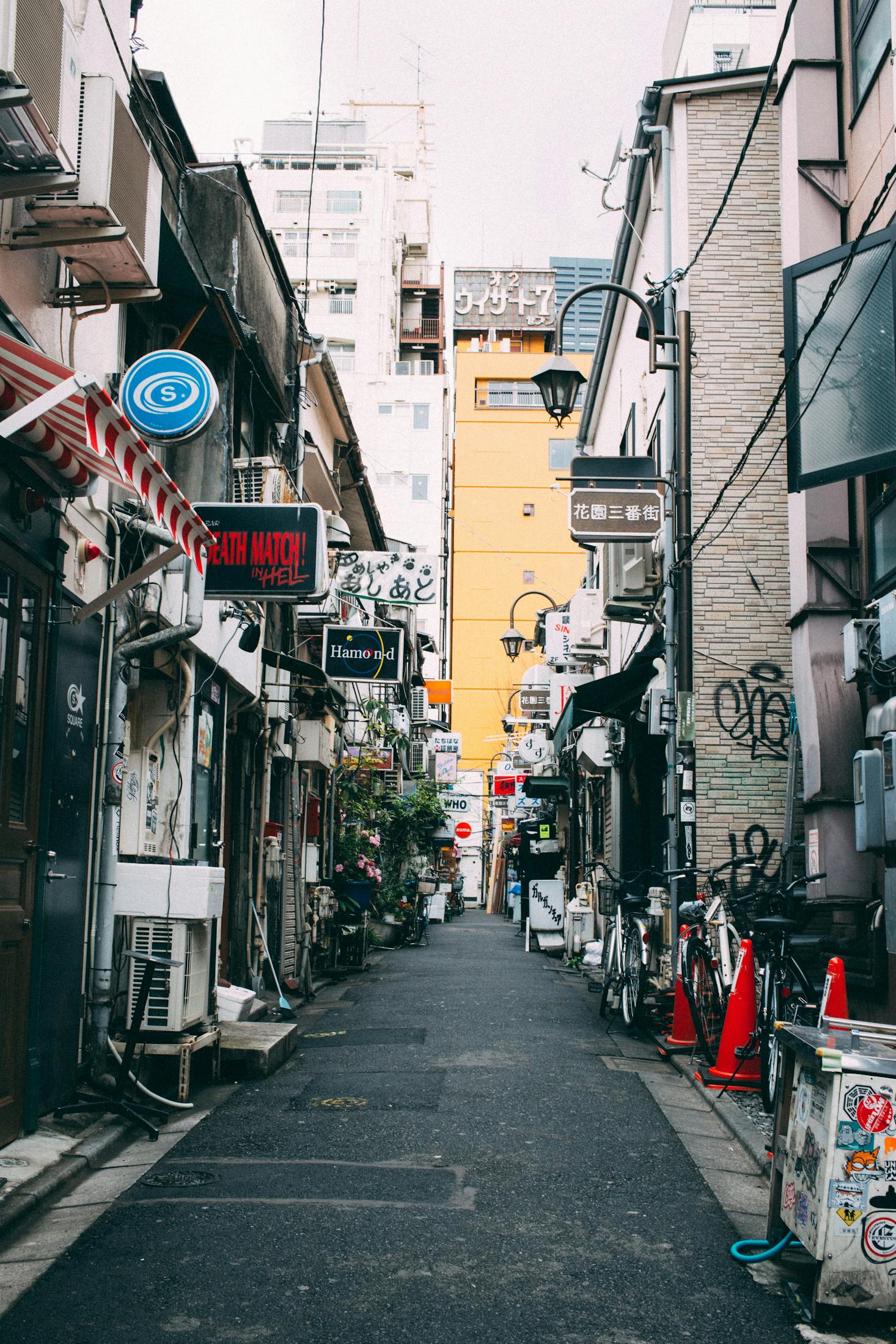
Cheap bars in Tokyo
Drinking in Tokyo can get pricey, so if you’re trying to save money, and explore this city’s legendary nightlife scene, you’ll need to know a few tips and tricks for making it more affordable.
Avoid bars with cover charges
There are corner bars all over Tokyo, these are essentially Japanese dive bars where you can get lighter beer, excellent Japanese whiskey, and traditional sake for a few dollars. These are the best spots for drinking on a budget.
The worst spots for drinking on a budget are bars and nightclubs where they have cover charges for admission. In the nightlife hotspot known locally as Golden Gai, located near Shinjuku Station, the popular alley bars and nightclubs all charge a fee at the door. If you’re really trying to save money, it’s best to avoid these because the covers really add up.
Bonus budget travel tips for Tokyo
Whether it’s finding a cheap flight, saving on traveler’s insurance, or knowing how to get around, you can never have too much knowledge for your next trip.
Public transportation
Japan, and especially Tokyo, has one of the most advanced, efficient, and effective rail and public transportation networks in the world. If you’re familiar with Japanese culture, this shouldn’t come as a surprise. Because the train system is so extensive, seemingly covering every inch of Tokyo, it’s the most reliable way to get around. Taxis and car share services can be reliable last-minute solutions to transit needs, but you can really get by with train travel.
Because you’ll be using the train system so much, it’s definitely worthwhile to forgo buying individual tickets for each trip and invest in a Japan Rail Pass, often shortened to JR Pass. Train tickets, while cheaper than a taxi, can add up. A JR Pass will afford travelers discounted tickets and the cheapest fares on everything from the airport to Tokyo Station, to even Tokyo to Kyoto.
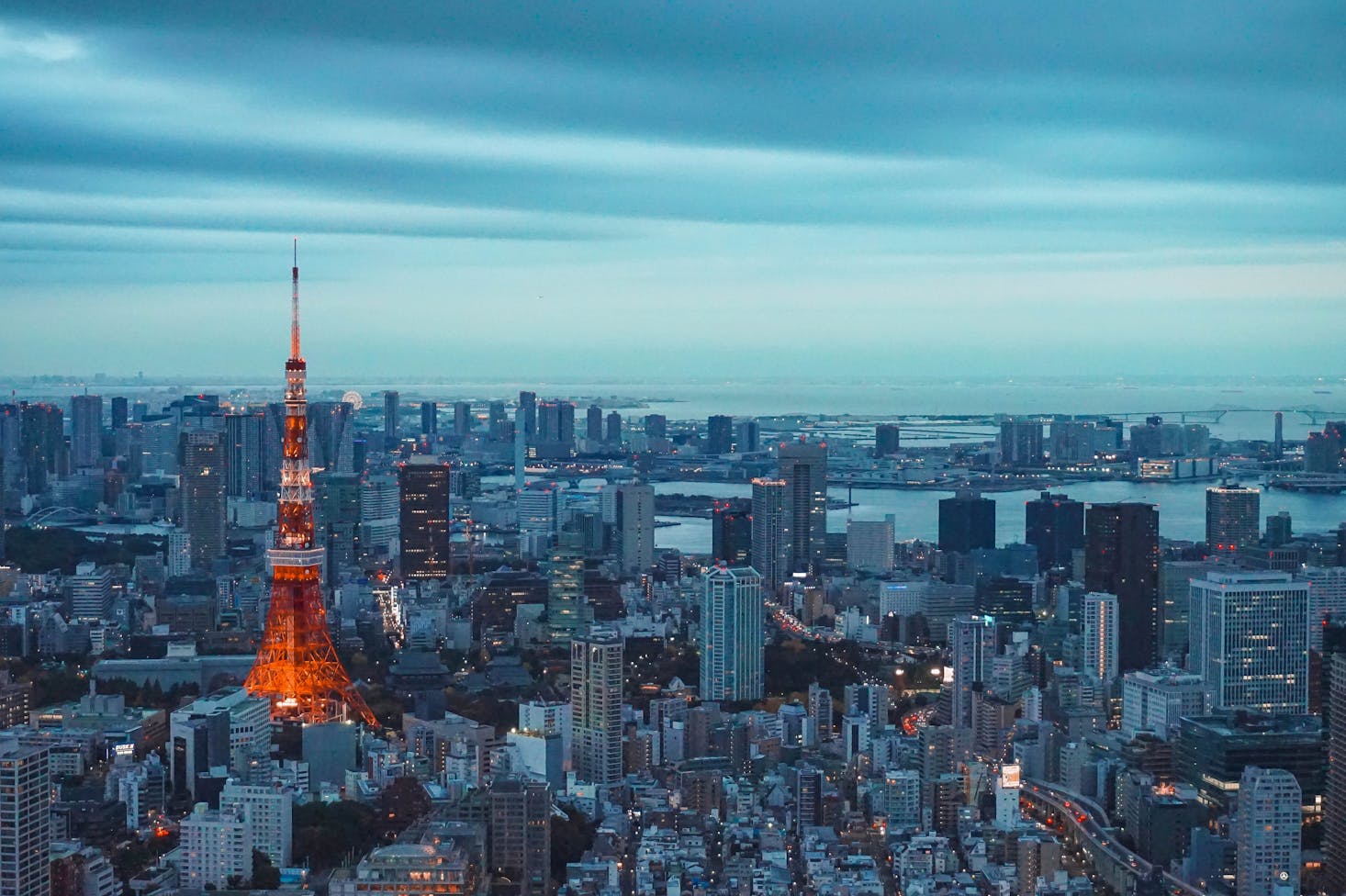
Use your feet
The next best way to get around Tokyo? Simply walking. Once you’re in a certain neighborhood, it’s very easy to walk between landmarks and restaurants or bars. Tokyo’s orderly roads and charming side streets and alleys are extremely enjoyable to walk around. Not only is it a great way to get a sense of local culture and daily life, but it will certainly help work off all the ramen and Sapporo.
Avoid high season
Everyone knows the cheapest fares for flights and even accommodation are during certain seasons. This is especially true in Europe when Western schools are on break, and each capital is swarmed with college students and traveling families. It’s slightly less exact with Tokyo’s travel patterns, but this principle generally applies. Late fall, winter, and early spring are the best times for airfare and a hotel room. There is a rainy season from the middle of June through most of July, where there’s a slight lull as well. One time you won’t want to miss but might be hard-pressed to afford is cherry blossom season, known locally as sakura. This is an unforgettable travel experience for Japan, but flights get expensive due to travel volume. Visit Tokyo when it suits your budget, but if you can make it work, you should.
Conclusion
If you’re going to visit Japan, you’re going to have to spend some money. Whether it’s just getting to the Land of the Rising Sun from your own country or finding reasonable accommodations for your trip, there’s no getting around expenses. But fortunately, there are ways to reduce the overall cost of the trip. All it takes is a little planning. While it may be one of the most expensive cities in the world, it’s an unbelievable experience, and if you pepper in at least a few exciting free things to do, your budget will thank you. There’s a reason Tokyo is a bucket-list travel destination.
Get $5 off with the Bounce app
Use Bounce to find nearby bag storage in 4,000+ cities worldwide.
Get the app
